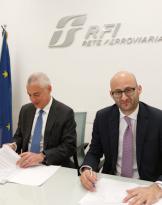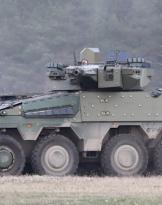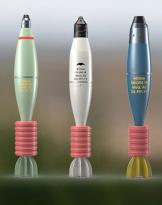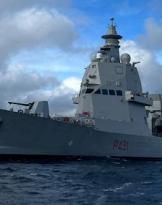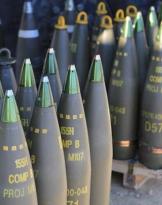Today Genoa has its ship deck. The Prime Minister Giuseppe Conte, the Minister of Infrastructure and Transport Paola De Micheli, the Governor of the Liguria Region Giovanni Toti and the Mayor of the city of Genoa and Commissioner for Reconstruction also greet the launch of the last steel span. Marco Bucci. With this last lift, the viaduct on the Polcevera, designed by Renzo Piano, whose construction and design was entrusted to Fincantieri Infrastructure of the Fincantieri and Salini Impregilo group, reaches 1067 meters, the length of the entire structure that stands out sober as the hull of a ship on the city skyline.
A "large white vessel that crosses the valley", "Il Ponte", as Piano renamed it - that just like a ship was made thanks to all the know-how of Fincantieri, a leading group in shipbuilding. For the construction of the bridge, 17.400 tons of steel were used, forged in the Fincantieri factories throughout Italy thanks to the work of more than 800 people. Assembly and welding were only possible with the commitment of engineers and specialized technicians of the subsidiary Fincantieri Infrastructure - up to 350 per day at peak production times. To complete the deck, 19 lifts were needed, including 3 special ones for the maxi-spans of 100 meters each, which over 40 meters high, have overtaken the Polcevera stream and the railway. Operations that lasted 48 hours in the case of special lifts and which required important preparatory activities with teams of over 50 people at work and the use of special machinery such as maxi-cranes and strand jacks, equipment necessary for hoisting heavy decks up to 1800 tons.
It is therefore completed today with the lifting of the span between the p11 and p12 piles the supporting structure of the new viaduct. A path that began with the cutting of the first sheet metal that took place on 11 March 2019 at the Fincantieri Infrastructure plant in Valeggio sul Mincio and that since the first deck was raised on 1 October 2019 has seen 7 months of uninterrupted work to raise all the spans that make up the new bridge. Now the structure will be completed with the last crankcases, after which the lowering will take place on the final supports.
The next appointment, after the coating activities, will be the one with the technologies developed by Seastema and Cetena - always from the Fincantieri group -: the bridge will be equipped with special sensors that will make the Genoa viaduct the first "smart bridge" in Europe.
A commitment that took place in record time, never experienced before and that today it returns to Genoa and the country an essential infrastructure destined to become a point of reference for similar works. With what has been called the "miracle of the Genoa bridge", tight work rates and very high quality standards, Italy has shown the rest of the world that it has the industrial and managerial skills to build well, safely and within the set times. . A standard and not an exception for the Fincantieri production model, organized to produce all its ships within the expected times and costs.
“In March last year we started the production of ashlars in our Valeggio sul Mincio factory - recalls Giuseppe Bono, CEO of Fincantieri - and we already expected to be able to accelerate on time: the result of today gives us reason.
The trust placed in Fincantieri was repaid, which, as promised, with its skills has managed to manage such a complex work in record time. Because when we Italians want, we know how to roll up our sleeves and do great things.
Of course, we would never have thought that we would have been forced to face a pandemic capable of blocking the productive activities of our country and of the whole world: once again my thanks go to our men who have worked tirelessly in these months.
The Genova model - says Giuseppe Bono - praised and invoked by many these days, it is our model for the future of the country. Fincantieri will in fact continue to make its expertise and resources available to contribute, alongside the institutions, to the creation of a new model of national economic development".


